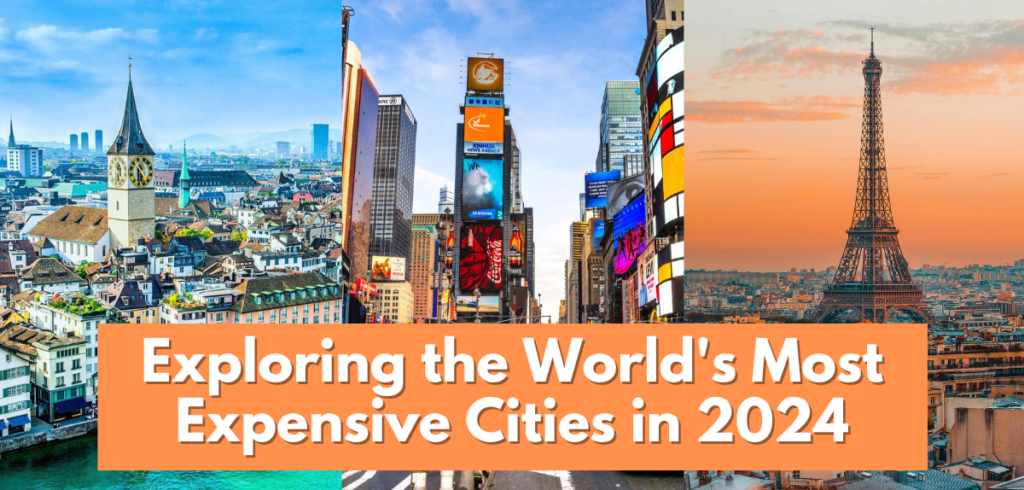With globalization still reshaping our planet, living expenses in cities differ greatly. The top cities to live in 2024 are a reflection of a variety of geographical areas, socioeconomic situations, and lifestyle choices. This blog examines these cities, showing what makes them so expensive and describing daily living for both locals and foreigners.
Singapore: The Financial Powerhouse
On lists of the most expensive cities in the world, Singapore usually comes in first. The city-state’s high cost of living is partly due to its strong economy, stable political system, and position as a major global financial center. The main expense is housing, and the scarcity of land drives up the price of real estate. Because of high taxes designed to reduce pollution and traffic, owning a car is also quite expensive.
Singapore offers an excellent standard of living, top-notch healthcare, and a well-functioning public transportation system despite these expenditures. Generous compensation packages frequently offset the high cost of living for foreign nationals.
Zurich: The Swiss Metropolis
High living standards and luxury are closely associated with Zurich. The biggest city in Switzerland is a significant financial hub that is home to many banks and multinational companies. The high cost of meals, services, and groceries along with the strength of the Swiss franc are factors in Zurich’s ranking.
But Zurich also offers first-rate public services, such as first-rate healthcare, safe, clean streets, and flawless public transit. Many find the city’s attractive lakeside location and lively cultural scene to be worth the hefty prices.
Hong Kong: The Gateway to Asia
Hong Kong is well-known for its exorbitant real estate costs. Due to a lack of available land and a high population density, real estate is among the priciest worldwide. In addition, a strong local currency and reliance on imports contribute to high costs of products and services.
Nonetheless, Hong Kong’s advantageous location, welcoming business climate, and diverse cultural offerings continue to draw people in. It is still a significant center for international trade and finance in spite of political unrest and economic difficulties.
New York City: The City That Never Sleeps
The only American city that often ranks among the most costly in the world is New York City. The real estate market in the Big Apple is infamously pricey, especially in Manhattan. The cost of goods and services, in addition to high taxes, adds to the total cost.
The allure of New York is its unmatched options for both work and culture. Replete with internationally recognized museums, theaters, and eating options, this multicultural city attracts aspirational professionals from all over the world.
Tokyo: The Japanese Megacity
Tokyo is a busy metropolis that is vying to be the most costly city. In upscale neighborhoods, real estate costs are high, and regular costs like groceries and travel can mount up. The strong yen and high standard of living in Japan contribute to cost increases.
Tokyo provides a singular fusion of modernity and tradition, with cutting edge technology living with historic temples. Even with its high cost of living, the city is more livable due to its effective public transportation system and low crime rate.
Paris: The City of Light
Paris is well-known for its elegance and romance, but it is also expensive to live in. Central Paris real estate is pricey, and eating out may be costly, particularly in tourist districts. Taxes and robust labor laws contribute to the high cost of products and services.
However, with its dynamic cultural scene, world-class gastronomy, and rich history, Paris offers an extraordinary quality of life. Some of the increased living expenses are offset by the convenient and reasonably priced way to move around the city thanks to the effective public transit system.
Living in Luxury
Despite their high prices, these cities have certain advantages that frequently make them worthwhile. The most expensive cities in the world offer top-notch infrastructure, public services, and cultural opportunities in addition to abundant economic options. These lively communities are more than just pricey real estate; they are locations where people want to live, work, and prosper. Making an educated decision for people thinking about moving to major urban hubs requires knowing the financial ramifications as well as the lifestyle advantages.

